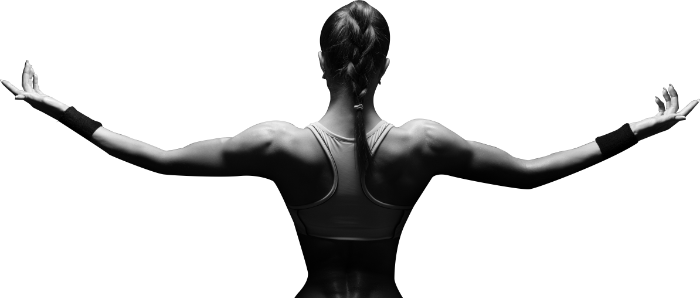Dry Needling In Toronto
What is Dry Needling?
Dry needling is a minimally-invasive therapy technique utilized by physiotherapists for the treatment of neuropathic and myofascial pain. It’s also referred to as intramuscular stimulation or trigger point dry needling.
It’s performed using fine filament needles, which are carefully inserted into the muscular trigger points, otherwise known as muscle knots, to reduce pain by triggering their release.
At Push Pounds Sports Medicine, dry needling is performed by trained, certified, and experienced physiotherapists. This ensures that the treatment is done correctly for maximum efficacy.
How does it work?
To understand how the treatment works, let’s take a quick look into myofascial trigger points or muscle knots. There are two types of trigger points, i.e., active and latent myofascial trigger points. Active myofascial trigger points spontaneously trigger local and referred pain, while latent trigger points only cause pain when they’re stimulated. Trigger points result from the formation of taut bands within muscles, i.e., muscles contract and fail to relax. The tight bands of muscle fibres compress the nerves and the blood vessels that supply them. This leads to pain and discomfort during motion or when the trigger point is touched.It can also result in muscle weakness, neuropathic pain, and altered muscle activation patterns.
Now that we’ve discussed the basics of myofascial trigger points, how does dry needling work to eliminate them?
As stated earlier, dry needling involves the insertion of a filiform needle into the muscle knots. When inserted into the trigger points, the needle:
- Stimulates the stretch receptor in the affected muscle, causing a relaxation reflex which lengthens the muscle knot
- Causes a small lesion on the affected muscle area, which triggers a natural healing process to repair or replace any damaged myofibres (muscle fibres)
- Creates mechanical pressure which electrically polarizes connective tissues, stimulating tissue remodelling
- Creates an electrical potential in the affected muscle, which promotes better functioning of the nerve that supplies it
In other words, dry needling works by prompting various processes in or around myofascial trigger points, which leads to the relaxation of tightened bands of muscles and gradual healing of any damaged muscle tissues.
Contact Push Pounds Sports Medicine to learn more about muscle knots and how dry needling can be of help.
Treatment
During dry needling treatment, your Push Pounds Sports Medicine physiotherapist locates muscular trigger points through muscle palpation.
After locating the muscle knot, the physiotherapist may insert the needle directly into the trigger point or into muscle bands surrounding the point of pain. The needling technique used by the specialist depends on the location of the muscle knot and their overall assessment of the patient and their condition.
Once the needle is inserted, your therapist may choose to leave it in for a specific amount of time to achieve desired effects. Depending on the condition being treated and the needling technique, the needle may be left still for 30 seconds to 3 minutes before removal.
It’s good to note that one may experience a mild sensation or momentary muscle twitch when the needle is inserted.
Recovery
Most patients experience an immediate improvement in the treated areas after their first treatment session. The improvement is cumulative with each dry needling therapy session, and the sessions continue until desired effects are achieved. After the treatment sessions are complete, most patients experience a full recovery and remain pain-free. However, some patients may require maintenance sessions once in a while.
After each treatment session, one may experience some slight discomfort and soreness on the treated areas, which subsides after a few days.
Contact Push Pounds Sports Medicine for any enquiries on dry needling or to make an appointment with one of our dry needling experts.

